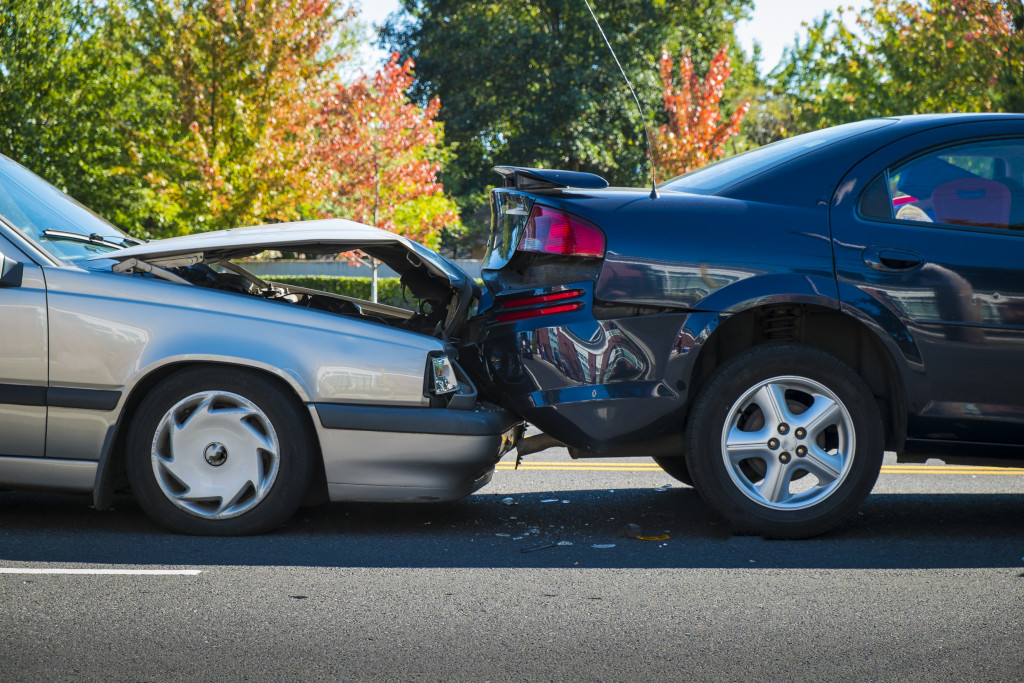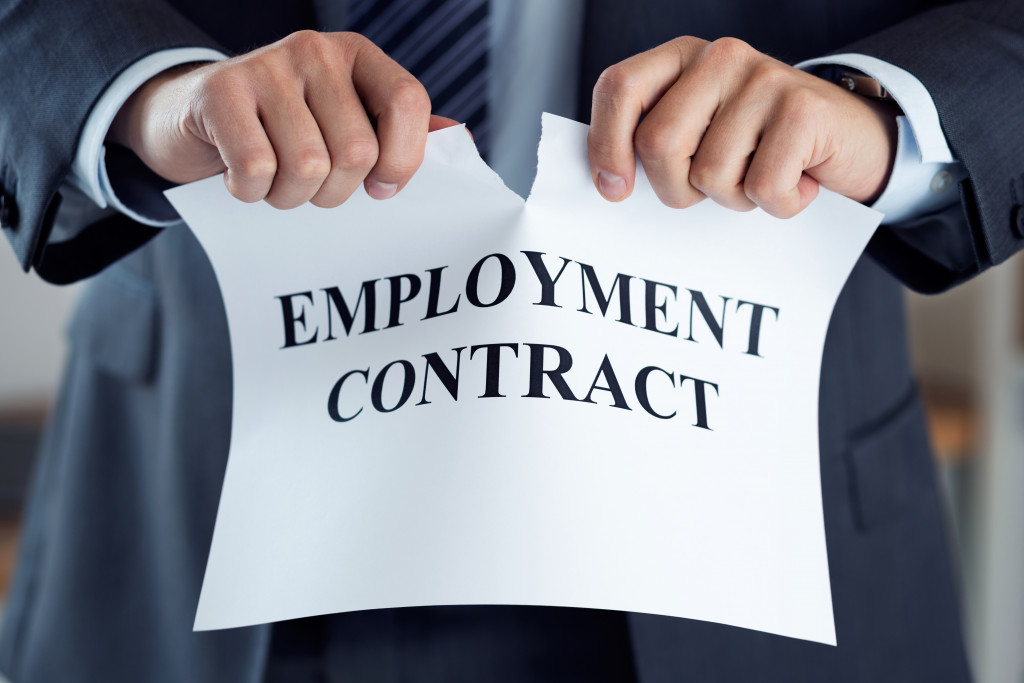Millions of people worldwide suffer from various forms and extents of injuries annually due to the use of faulty products. However, most of them do not seek recourse since they consider themselves helpless to sue big manufacturing companies. The law now favors the victims of defective products; therefore, the size and influence of the company you want to sue in New York should not worry you.
All it takes to win a product liability case now is hiring a reputable and experienced personal injury lawyer in Brooklyn, NY, as well as sufficient proof of the four elements that make this case. Rather than use general knowledge to assess the specifics of your case and estimate its weight, get a lawyer to evaluate it and advise you accordingly.
Here are the elements that make a product liability case:
1. The Actual Loss of Property and an Occurrence of Injury or Death from the Product’s Use
For your case to have legal backing, the use of the product in question should have caused an injury, death, or loss of property. To prove this, it should be ascertained that none of the property damages, injuries, or cause of death existed before the product’s use. This will require medical records, eye witness testimonies, police reports, or prior periodic assessments of the property to prove adequately.
2. Your Injury Was Caused by the Product
It should be proven that the injury, property loss, or death is a result of the product’s use. Prior medical records before the product’s use and those after its use will prove essential in proving this. Some injuries might take time to manifest, but with exceptional medical evidence, they can be tied to the use of the product.
3. The Product’s Failure
It should be proven that the product you used was defective. There are different types of product defects that apply in product liability cases. Manufacturing defects refer to the product’s flaws, which arise during its assembly or manufacture and make it unreasonably dangerous to use. Design defects encompass the deficiencies that result from the product’s design and make it inherently dangerous.
Marketing defects, on the other hand, are sometimes called ‘failure to warn’ defects. These comprise inadequate, absent, or unclear warning instruction on the product’s use.
4. Use of the Product as Intended

The plaintiff should have been handling or using the product as intended when it caused an injury or property loss. In some cases, you might have a claim even if you used the product differently from the one intended by its manufacturer, but as a reasonable individual would. However, this is only if the use of the product would not have ordinarily placed you at risk of any danger.
In most states, personal injury cases involving product defects should be pursued within two years of their occurrence. There are some instances when your product liability case is still valid after this period. The common one is when the product’s effects take a long time to manifest.
With a watertight case, you can reap a good compensation to take care of your medical expenses and other costs arising from your injury. Your case will also ensure that the manufacturer is more careful to avert injuries in the future.







